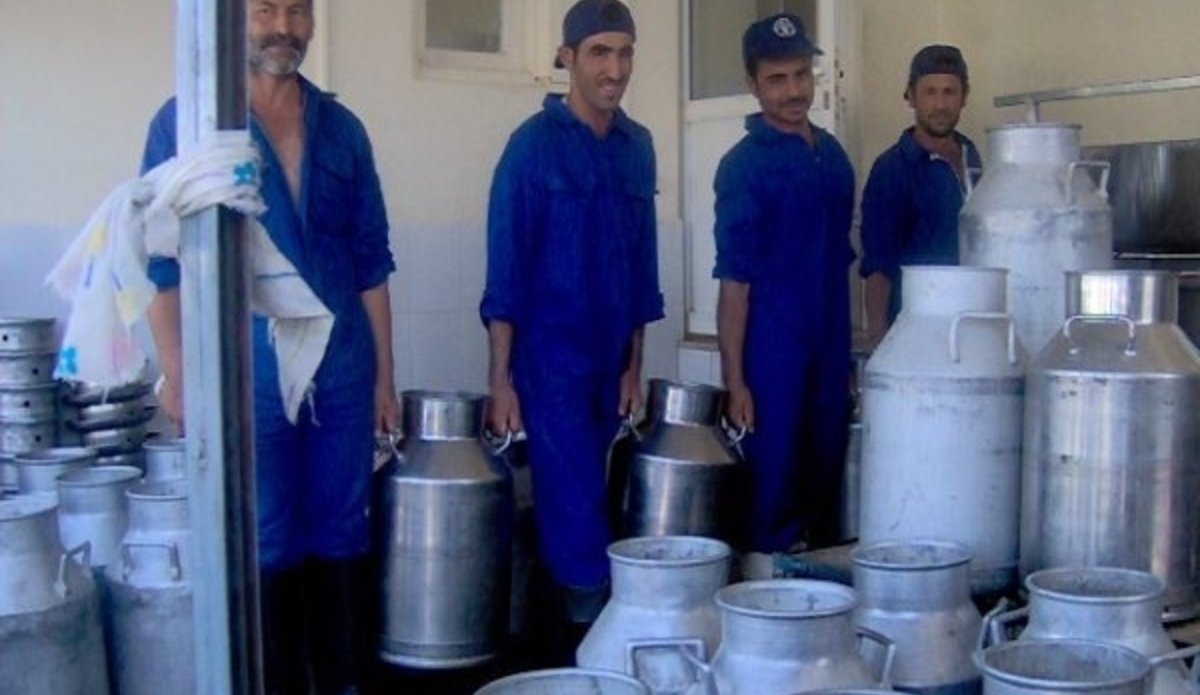Livestock Development: The peaceful Afghan rural livelihood
7 February 2010 - Being primarily driven by an agro-economy, Afghanistan has a lot of livestock that are the main and, in some places, the only income-generation machine for thousands of families whose cattle are their livelihood.
The main challenges for domestic dairy producers in Afghanistan have been a weak market and unprofessional animal health care. They normally take care of their animals in traditional ways that increase the chances of high animal mortality rate and the outbreak of infectious diseases.
The United Nations Food and Agricultural Organization (FAO) started the German government-funded ‘Integrated Diary Development Scheme in Afghanistan’ in Dehdadi district of Balkh province in 2002. This program hopes to improve food security by raising the productive capacity of the national dairy sector through the development of integrated model dairy schemes in the country.
Dehdadi district in the south-western outskirts of Mazar-i-Sharif is famous for its dairy products, with farmers keeping a lot of cows and producing thousands of liters of milk each day to supply the markets in Mazar-i-Sharif, the population center of Balkh province.
After the opening of the project, FAO started its ‘Improved Cattle Management Training’ project where 720 women were trained on the best methods of cattle rearing. FAO’s technical support and assistance have resulted in doubling milk productivity. The daily milk production per house has since risen from three liters to 6.5 liters per day.
FAO’s initiative of forming the Balkh Livestock Development Union (BLDU) was followed by an excellent contribution in 2007 from the United States Agency for International Development (USAID) which built a dairy-products pasteurizing factory in the center of this district. The factory cost US$ 650,000 and the USAID later handed it over to BLDU.
“It is Dehdadi’s milk that sufficiently supplies the market in Mazar. It is clean, healthy, well-packed and stays longer,” said Abdul Rasool, a customer who bought packed milk from one of Balkh’s 27 dairy shops in Mazar.
Now, everyday, over 2,000 liters of milk are collected by milk collection centers which bring the milk for pasteurizing to the factory where the best dairy products – such as packed milk, yogurt, cheese and butter – are produced.
By Sayed Barez, UNAMA
Website: Food and Agriculture Organization of the United Nations in Afghanistan
 UN
UN






